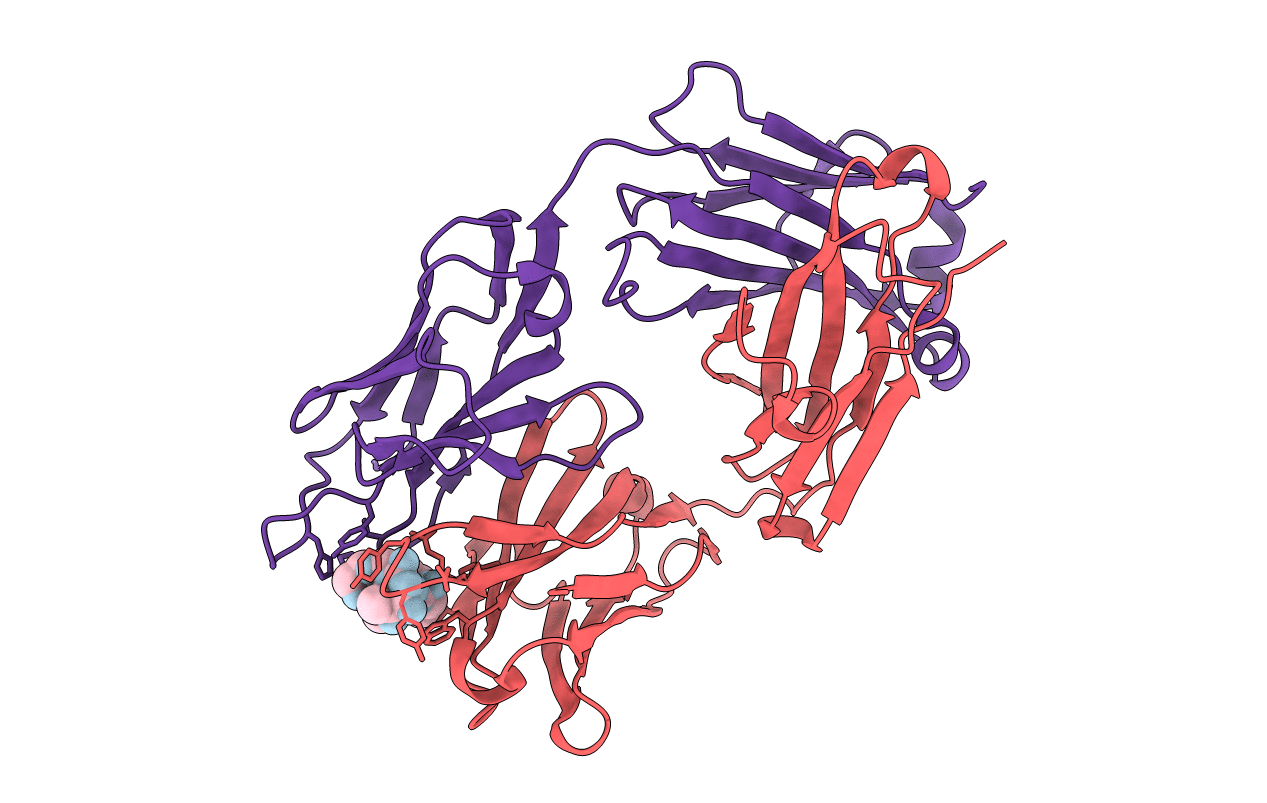
Deposition Date
2018-09-10
Release Date
2019-02-13
Last Version Date
2024-10-09
Entry Detail
Biological Source:
Source Organism:
synthetic construct (Taxon ID: 32630)
Mus musculus (Taxon ID: 10090)
Mus musculus (Taxon ID: 10090)
Method Details:
Experimental Method:
Resolution:
2.00 Å
R-Value Free:
0.24
R-Value Work:
0.19
R-Value Observed:
0.19
Space Group:
P 21 21 21


